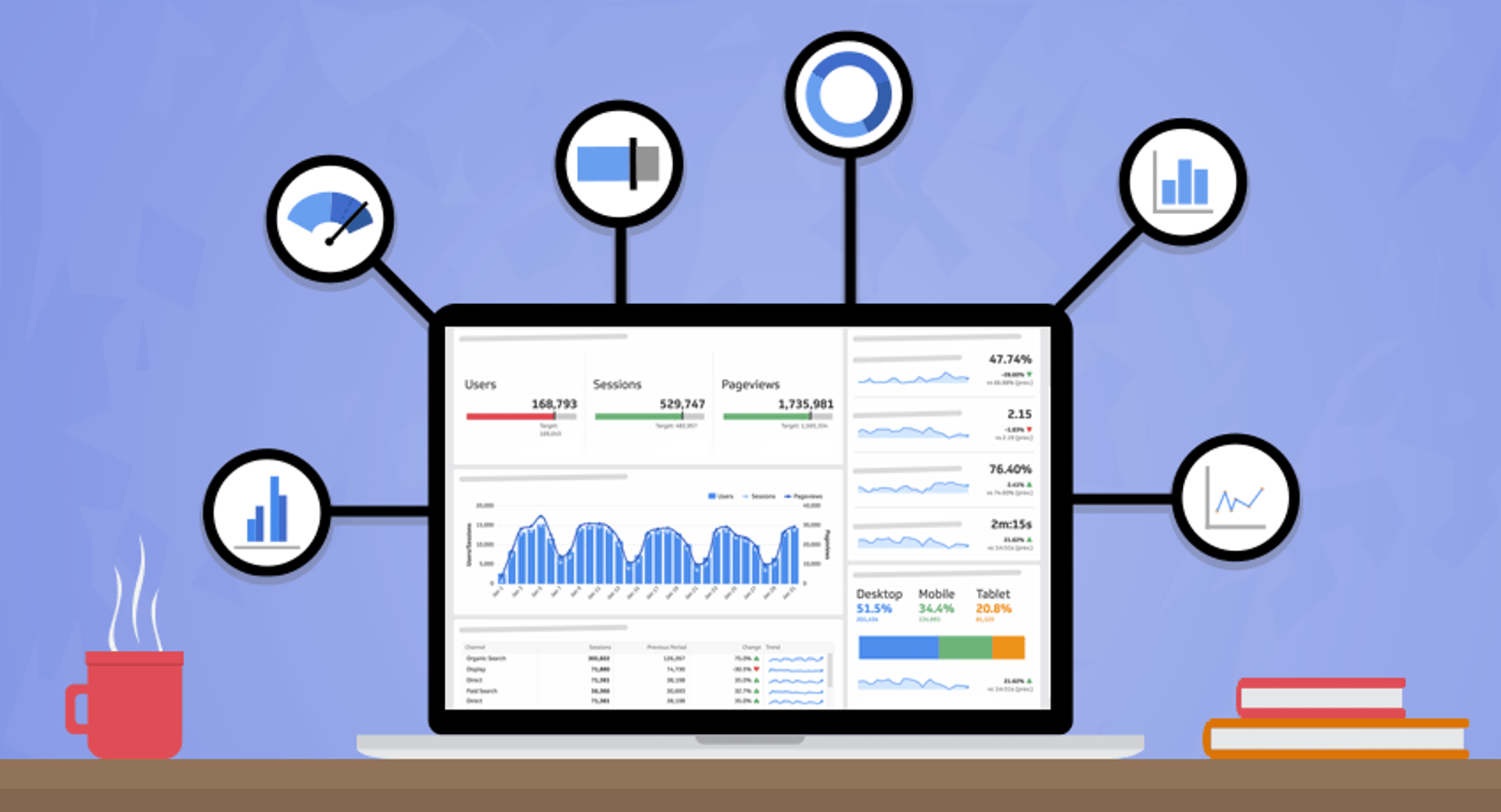Support blogs
A collection of our most recent articles on

The 5 most important help desk KPIs
By Niraj Ranjan Rout — March 15, 2017

Dashboards are the backbone of success for chat support providers
By Mitch Dupuis — March 13, 2019

A Starter Guide to a CX Metrics Program
By Jennifer Batley — September 14, 2020

Grow your business with these six live chat metrics
By Yaakov Karda — August 19, 2019

This is how we put the customer first
By Abdul Hagi — November 22, 2017

Why customer support should be metrics-driven
By Akshaya Srikanth — July 2, 2019

World-Class SaaS Support: The Metrics You Need to Track
By Jonathan Milne — March 20, 2017

A true no coding experience: Building metrics with BigQuery and Cervinodata in under two minutes
By Erik van Dorp — July 15, 2019

Guide to migrating your digital marketing dashboards to Google Analytics 4
By Jonathan Taylor — February 13, 2023

The 25 must-have KPIs for Call Centre Managers
By Katya Zeisig — October 5, 2017

Klipfolio dashboards help Laundry Jeans become faster and more efficient
By Mitch Dupuis — July 24, 2019